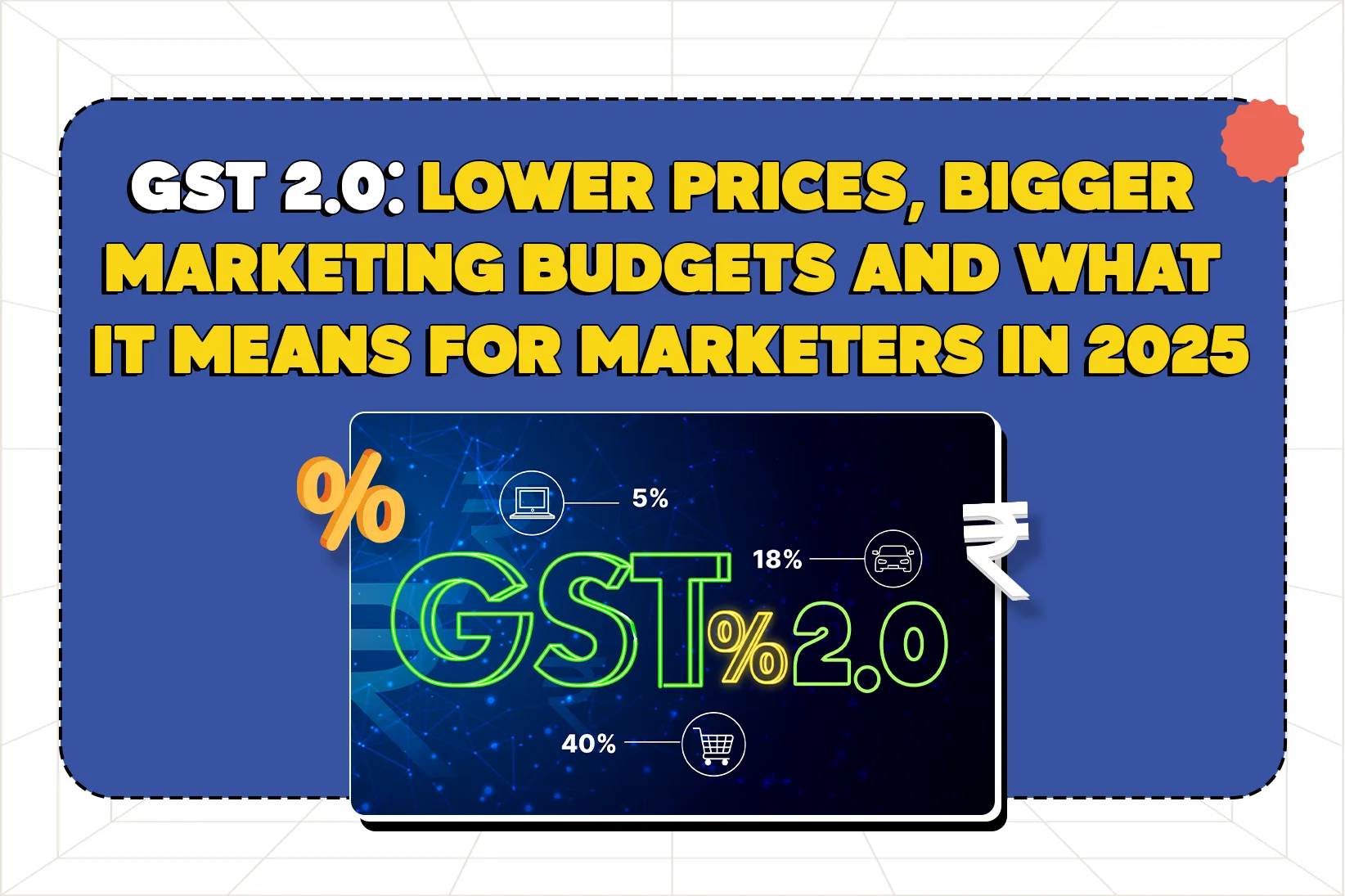As India moves into GST 2.0, consumers are expected to benefit from lower product prices, which in turn could lead to a surge in spending. For marketers, this is more than just a tax update, it’s a signal to rethink marketing strategies and campaigns in 2025.
Lower prices mean more disposable income for consumers, which often translates into higher demand. Brands will likely increase their marketing budgets to meet this surge ensuring their products capture attention amid rising competition. Simply put, GST 2.0 is set to create an environment where more campaigns, more digital storytelling and sharper performance marketing will be the norm.
The trick for marketers will be to stand out without overspending. With the market potentially flooded with new campaigns and promotions, creative storytelling, precise targeting and performance-driven campaigns will become the key differentiators. Those who can combine data-driven insights with engaging, memorable content will be better positioned to convert this increase in consumer spending into tangible growth.
It’s also important to note that the cycle is interconnected: lower prices drive higher sales potential, which encourages brands to invest more in ads. This increased spending intensifies competition, requiring marketers to push creative boundaries and refine their messaging. For digital campaigns, this means more interactive content, influencer collaborations, and a greater focus on user engagement to ensure campaigns resonate.
Brands that embrace this shift now will not only capitalize on short-term opportunities but also build long-term consumer trust and recall. From festive campaigns to product launches, marketers have a chance to leverage this new era of consumer behavior, positioning themselves as responsive, innovative, and audience-first.
In summary, GST 2.0 → lower prices → higher consumer spending → bigger marketing budgets → increased competition. Marketers in 2025 must be ready to adapt quickly, create boldly, and measure intelligently to turn these market changes into growth opportunities
